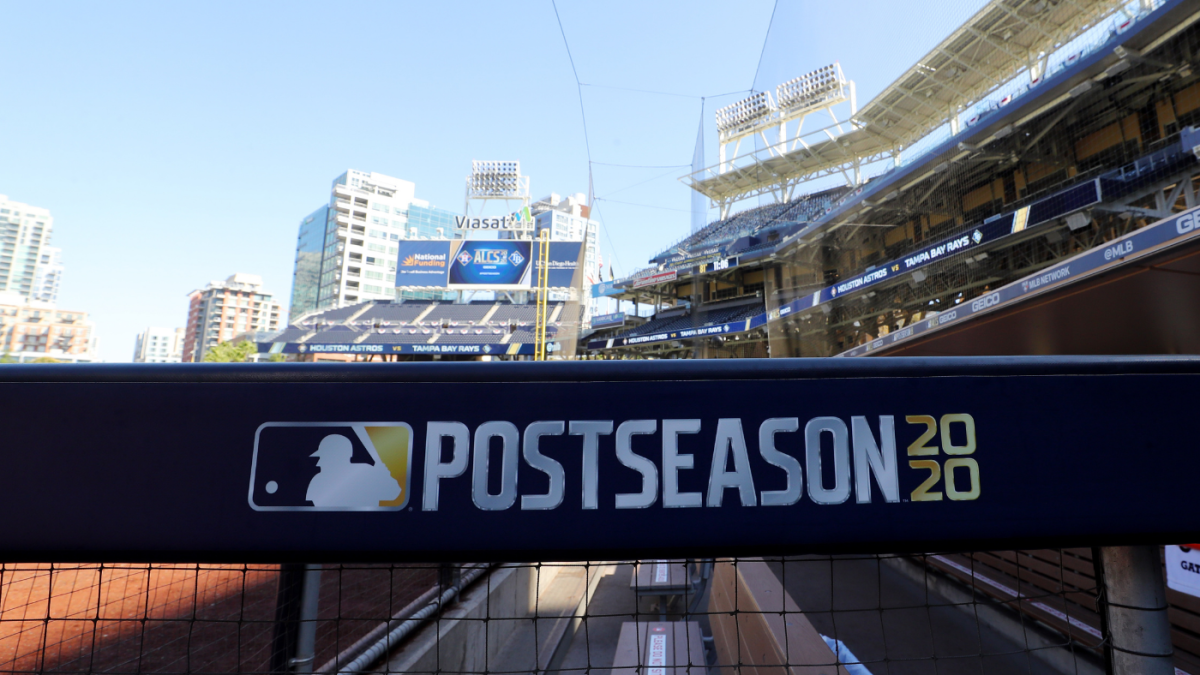

So if, say, the Yankees advance to the ALDS and have to play a decisive Game 5, do they turn to a rest-compromised Gerrit Cole or a rested Jordan Montgomery? What about in the ALCS, when they’d potentially have to play seven games in seven days, thus necessitating multiple starters to go on short rest if they want to skip Montgomery? This sort of decision will trouble every team that plays deep into October this year, as aside from maybe the Dodgers, there isn’t a single club that should feel comfortable with its last starter in a crucial game.įrom the perspective of opposing offenses, they’ll face either an ace at less than 100 percent or a pitcher who wouldn’t normally get a playoff start at all. A few years ago, Ringer teammate Ben Lindbergh found that in the wild-card era, pitchers who throw on short rest fare significantly worse than their baseline from earlier in the playoff series, with an ERA that rises by 0.82 runs (from 3.92 to 4.74) and an opponents’ OPS that rises by 57 points (from. 1 starter on short rest-a tricky proposition given the penalty pitchers face while throwing on short rest. Now, they’ll need to throw either their no. 2 starter on regular rest, thanks to two off days in the series.
#Post season mlb schedule series#
In a typical division series setup, by the time teams reach Game 5, they can decide between either their no.

That sort of concentration won’t be as feasible this postseason. 5 starters have thrown just 1 percent of starters’ playoff innings.

No team in the wild-card era has used more than five starters in its playoff run, and even no. That concentration looks even more extreme when grouping pitchers together, showing just how much innings flow from the back of the rotation to the front in the postseason. (Note that these charts look at only innings pitched as a starter, so they don’t account for the starter-used-as-reliever phenomenon that’s been all the rage in recent postseasons.) In the regular season, staff aces throw 22 percent of all starter innings in the playoffs, that figure nearly doubles, to 39 percent. This chart shows the distribution of starting pitcher innings by spot in the rotation from 1995 through 2019. Rotation depth matters in the regular season not so in the playoffs. The World Series is the only round with intra-series off days in 2020-meaning all that high-volume heroism might not be possible, lest pitchers’ arms fall off their bodies from overuse. And in the league championship round, they’ll play up to seven days in a row. In the divisional round, when the eight remaining teams move to so-called “bubble” sites in Texas and Southern California, they’ll play up to five days in a row. In the 16-team wild-card round, teams will play up to three days in a row, all at the home stadium of the higher seed.

The 2020 postseason schedule will upend this customary dynamic. The 10 Biggest Questions Ahead of the First Round of the MLB Playoffs Luke Voit Is Baseball’s New Home Run King-and the Most Feared Hitter on the Yankees Last year, the Nationals’ top six pitchers-Stephen Strasburg, Max Scherzer, Patrick Corbin, Aníbal Sánchez, Sean Doolittle, and Daniel Hudson-combined for 83 percent of the team’s postseason innings. That same postseason, the Royals won 11 games Greg Holland and Wade Davis each appeared in 10 of them, while Kelvin Herrera threw in nine. In 2014, Madison Bumgarner accounted for 33 percent of the Giants’ total postseason innings, compared to just 15 percent in the regular season. With numerous off days for travel, a typical postseason is a staging ground for high-volume pitching heroes. Their fastballs are faster, and they’re harder to hit overall. Pitchers are better in October, with back-end starters and mop-up relievers making way for a higher concentration of innings from the best teams’ best arms. (That’s about where backup infielder Ehire Adrianza is for his career.) The average postseason run total in the decade dipped below four, to 3.99 per team per game. Offense was even worse in the playoffs in the 2010s, with the league amassing an average. 241/.314/.389 is roughly the career slash line of backup catcher Jason Castro.) 241/.314/.389 in the playoffs, an OPS drop of 44 points. In the wild-card era, scoring has dropped by about 10 percent in the postseason, from an average of 4.64 runs per game in the regular season to 4.17 in the playoffs. That’s not just a cliché or a maxim about how defense wins championships it’s a playoff fact, borne out by history.


 0 kommentar(er)
0 kommentar(er)
